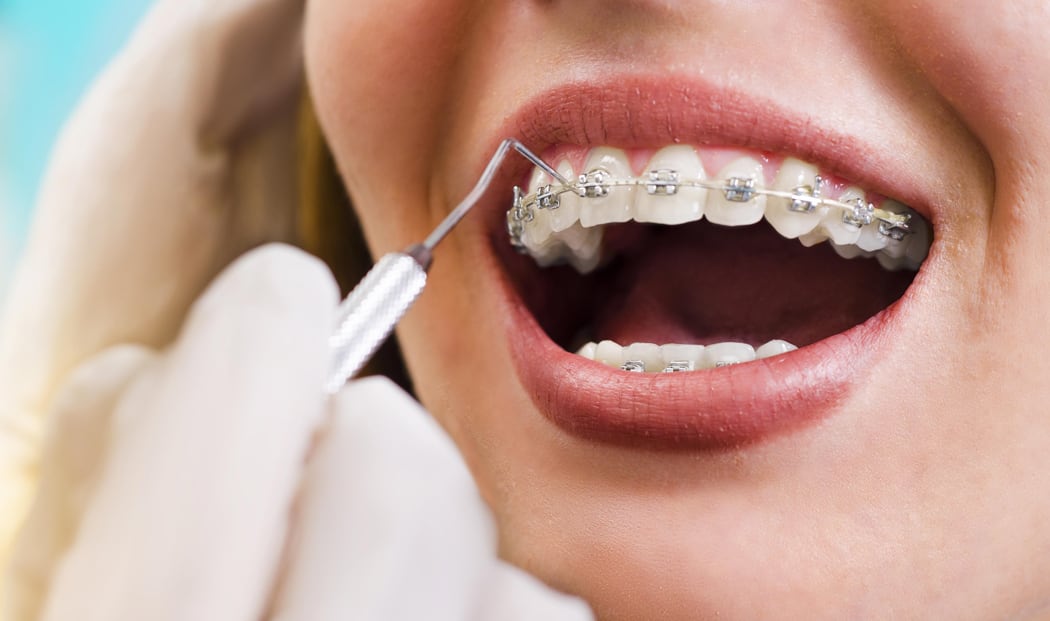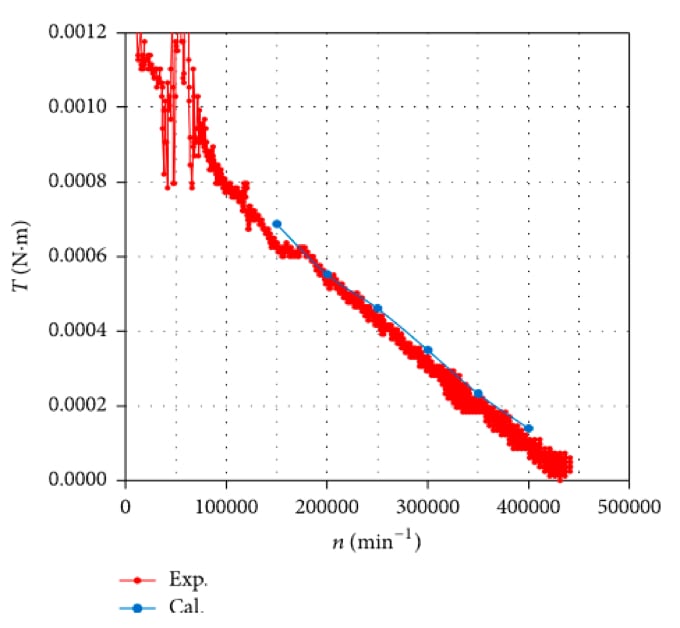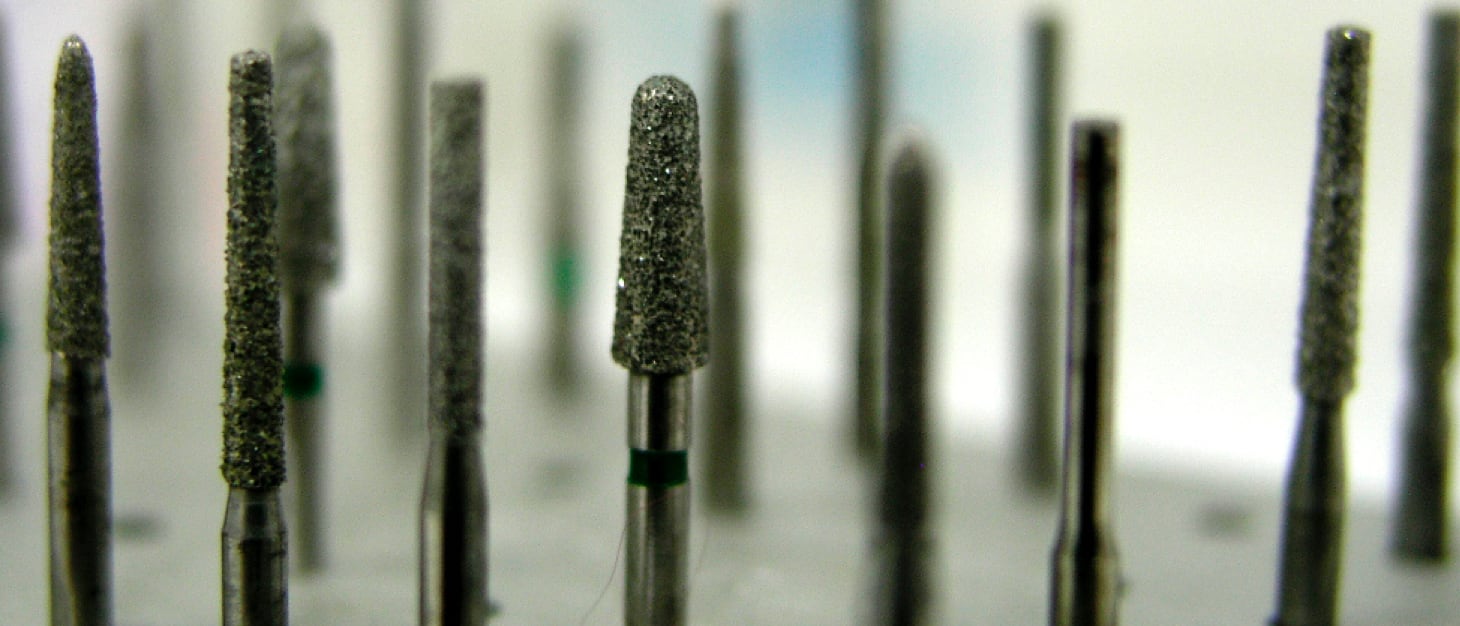
5 Myths About Mouth & Teeth Whitening
Hits: 93
A dental drill or handpiece is a hand-held, mechanical instrument used to perform a variety of common dental procedures, including removing decay, polishing fillings, and altering prostheses. The handpiece itself consists of internal mechanical components which initiate a rotational force and provide power to the cutting instrument, usually a dental burr. The type of apparatus used clinically will vary depending on the required function dictated by the dental procedure. It is common for a light source and cooling water-spray system to also be incorporated into certain handpieces; this improves visibility, accuracy and overall success of the procedure.
High-speed handpiece:
- The burr will judder; this will cause excessive, damaging vibrations leading to cracking and crazing in the material being cut. It is also an unpleasant experience for the patient.
- Eccentric cutting - this will result in irregular removal of the surface, meaning more tissue than necessary is removed.
- Decreased control - due to irregular cutting, it is more difficult for the Dentist to control movements
- Many modern handpieces now have a light in close proximity to the burr. The light is directed at the cutting surface as to assist with intra-operative vision.
Starting in the 1990s, a number of alternatives to conventional rotary dental drills have been developed.
Speed-increasing handpiece
Electric motors cannot turn as fast as air turbines. To power a high-speed handpiece, gears are needed to increase the speed of an electric motor, often by a ratio of 1:5. For this reason, electric handpieces are also called speed-increasing handpieces,cutting speeds over 180,000 rpm
- Speed-increasing handpiece is driven by electrical motor.
- The power to the handpiece is provided by the micromotor.
- Within the handpiece is internal gearings which allow the friction grip burr to rotate at a constant speed and torque.
- Therefore the power is provided by micromotor and internal gearings.
Many modern handpieces now have a light in close proximity to the burr. The light is directed at the cutting surface as to assist with intra-operative vision.

Older handpieces used a system of halogen bulbs and fibre-optic rods, however there are a number of disadvantages to this system: halogen bulbs deteriorate with time and are expensive to replace, and fibre-optic rods fracture easily if dropped and deteriorate during repeated autoclaving cycles.
Comparison of high speed and speed increasing handpieces :
-
High speedSpeed increasing
-
Type of burr usedFriction gripFriction grip
-
Power sourceFriction gripElectric Micromotor
-
Torque VariableVariableConstant
-
Motion of burrRotation & PeckingRotation only
-
BalanceUsually neutralMotor end heavy
Speed decreasing handpiece
A dental burr is a type of burr used in a handpiece. The burrs are usually made of tungsten carbide or diamond. The three parts to a burr are the head, the neck, and the shank.

The heads of some burrs (such as tungsten carbide burrs) contain the blades which remove material. These blades may be positioned at different angles in order to change the property of the burr. More obtuse angles will produce a negative rake angle which increases the strength and longevity of the burr. More acute angles will produce a positive rake angle which has a sharper blade, but which dulls more quickly. The heads of other commonly used burrs are covered in a fine grit which has a similar cutting function to blades (e.g. high speed diamond burrs).

